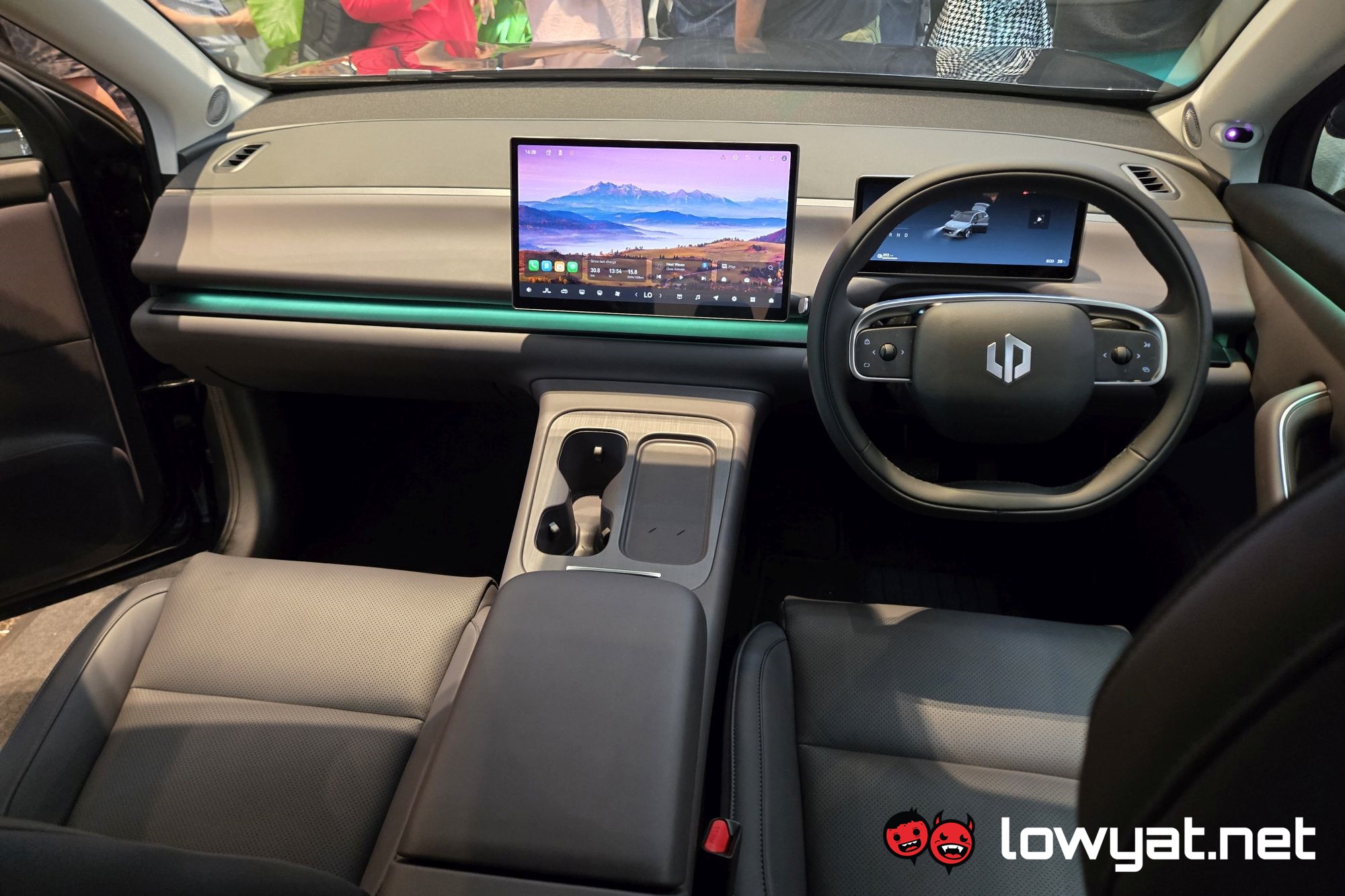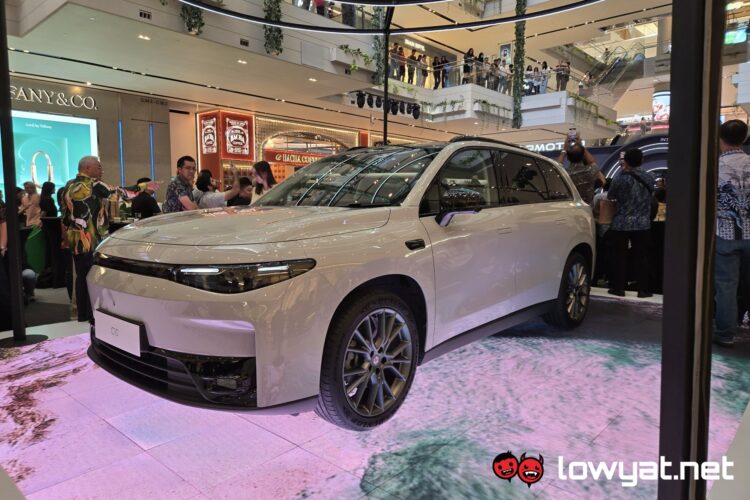The decision for an automaker to produce a model as a CKD (Completely Knocked Down) unit hinges on several factors, including the availability of a local assembly plant, regulatory requirements and tax incentives. These aspects must offer clear advantages for the automaker to justify the investment in local assembly. This appears to be the case with Leapmotor, where, Stellantis ASEAN managing director Isaac Yeo revealed that the Chinese brand is set to become the company’s leading model in Malaysia.
Stellantis is already preparing its Gurun plant to produce semi-knocked down (SKD) models for the Malaysian market, starting with the Leapmotor C10 electric SUV by the end of the year. The first phase involves an initial investment of €5 million (RM24.5 million) in the 60,000-unit capacity facility. The next phase will focus on deeper localisation and full CKD assembly for the smaller B10.

Yeo also noted that the yearly target for the brand is currently 2,400 units for each model, considerably a big step considering Leapmotor was not even in the top 20 list for EV sales as of July. Nevertheless, the decision has been driven by current market trends for EVs in Malaysia, which at the moment appear to be an open field for automakers.
However, with the CBU (Completely Built-Up) EV subsidy ending by the close of this year, prices for imported electric vehicles are expected to rise. This is where brands with CKD models, including Leapmotor, gain a competitive edge. With CKD tax exemptions extended until 2027, these brands will be in a stronger position to market their cars, as they can compete more effectively on price.

Yeo also highlighted that the CKD models are intended not only for the Malaysian market but also for export. At present, Malaysia lacks a developed EV and battery ecosystem, and therefore there are no special tax incentives under AFTA for exporting EVs to other ASEAN countries.

“Malaysia is my main manufacturing hub in Asia Pacific, but the volume is actually for exports in the future,” Yeo told Paultan.org in an interview. “In the past, we also exported Peugeots from Gurun, and the plan is to have four to five brands all built in Malaysia for exports,” he added. Stellantis also plans to export the models beyond ASEAN countries, utilising Gurun’s 60,000-unit annual capacity.


